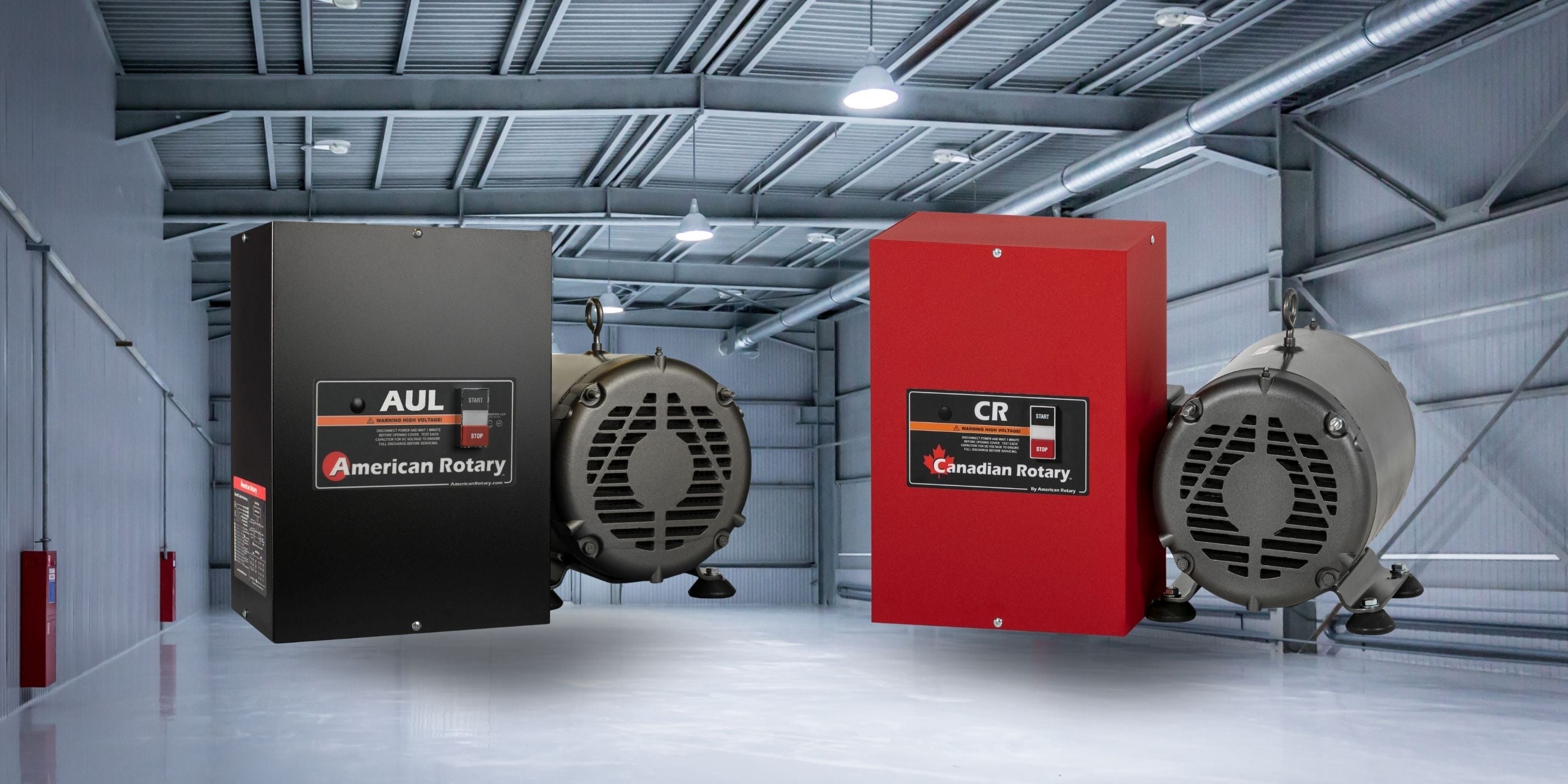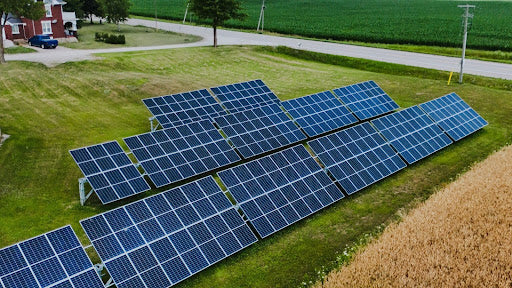As electricity rates keep rising, many homeowners in Southwestern Ontario are considering solar panels. But is solar truly a good fit for your home?
In this article, we’ll walk through what matters, from sunlight & weather to costs, policies, and roof considerations, so you can decide with confidence.
- Sunlight & Climate in Southwestern Ontario
- Financial Considerations: Costs, Incentives & Payback
- Policy & Grid Factors
- Home & Property Suitability
- Pros & Cons of Solar Panels: What to Expect
- How to Decide: A Checklist for Homeowners
- Where to Start
Can I install solar panels at my home in Southwestern Ontario?
1. Sunlight & Climate in Southwestern Ontario
One of the first questions: do we get enough sun in Southwestern Ontario to make solar panels worthwhile?
-
In Ontario, a common estimate is that a 1 kW solar panel setup produces about 1,160-1,200 kWh/year under good conditions in the southern parts of the province.
-
Natural Resources Canada provides mapping tools showing photovoltaic potential; these show Southwestern Ontario as having solid average insolation (solar radiation) values.
-
Peak sun hours (i.e. hours when sunlight is strong enough for peak output) in Southern Ontario range from about 3 to 4.5 per day, depending on season and specific location. Winter days are shorter, snow and cloud cover reduce output, but summer months are strong.
What this means for you: even though winter output drops and maintenance (e.g. snow on panels) matters, there is enough solar resource in Southwestern Ontario to justify solar panels for many homes.

2. Financial Considerations: Costs, Incentives & Payback
Solar isn’t free, but many programs help, and the long-term savings can be significant.
Upfront & Ongoing Costs
A typical home solar system usually falls in the 4–10 kW range, depending on factors like household energy usage and roof size.
The upfront cost covers things like panels, inverters, mounting hardware, any necessary roof work, permits, and connecting the system to the grid.
Once installed, maintenance costs are fairly low, mostly panel cleaning and the occasional inverter replacement, but it’s important to have the system installed by licensed contractors to ensure everything runs smoothly.
Incentives, Rebates & Rules
Ontario’s Net Metering program lets homeowners send extra solar power back to the grid and get energy credits they can use to lower future bills.
That said, keep in mind that some of the newer rebate or incentive programs in Ontario come with restrictions. For example, certain rebates only allow systems that are sized just to cover your own usage (no extra production). In some cases, taking a rebate could also make you ineligible for net metering.
In Ontario, the Government of Ontario launched the Home Renovation Savings Program for energy efficiency and upgrades.
Solar offers incentives of $1,000 per kilowatt of installed solar capacity, covering up to 50% of project costs with a maximum of $5,000 per solar system. For energy storage, the program provides $300 per kilowatt-hour of capacity, also capped at 50% of costs and up to $5,000 per battery system. Net metering is not included in this program.
A Home Equity Line of Credit is also an option for homeowners to finance their renewable energy projects. Please check with your bank for interest rates and terms, to ensure it’s the right financial decision for you.
On top of that, some Canadian banks (TD, RBC, Scotiabank, etc.) have eco/renewable upgrade loan products. You can also ask your solar company if they have flexible financing options suitable for you.

Payback & Savings
With solar grants, net metering credits, and reduced electricity costs over time, many homeowners see payback periods of about 8–15 years for a properly sized and well-installed solar system.
After that point, the solar energy produced is essentially free, aside from routine maintenance and grid connection fees. Over the typical 25–30 year lifespan of solar panels, these savings can really add up and become quite substantial.
3. Policy & Grid Factors
Even if your roof receives plenty of sunlight, policy and grid connection rules can have a significant impact on the economics of going solar.
Under Ontario Regulation 541/05 (Net Metering), systems up to 500 kW may qualify, but they must meet certain eligibility, safety, and technical requirements.
Credits from excess generation can be carried forward, but only for up to 12 months before they expire if unused. Recent and proposed rebate programs may also limit participation in net metering or require system designs that prevent exporting excess energy, which can significantly affect returns.
On top of that, time-of-use electricity pricing matters, solar generation during midday or peak periods is worth more when rates are higher. While batteries can help shift energy use to take advantage of this, they also add extra cost.

4. Home & Property Suitability
Even with good solar resource and incentives, your home’s physical and property features matter a lot.
-
Roof orientation & angle: South-facing roofs with tilt between about 25-45° tend to work best. East- or west-facing roofs are still usable, but yield drops.
-
Roof condition & age: If your roof will need replacing in a few years, it’s better to do that first. Installing solar on a roof near end-of-life can lead to rework.
-
Shading: Trees, neighboring buildings or structures that cast shade for parts of the day will reduce efficiency. Even small shading can have outsized impact depending on panel/inverter setup.
-
Snow, weather & maintenance: Southwestern Ontario gets snow, ice, and periods of overcast. Cleaning, angle, and panel quality (including snow-sliding properties) matter.
-
Space & layout: For homes with limited roof space or unsuitable orientation, ground-mounted arrays or hybrid designs (roof + ground) may be considered.

5. Pros & Cons of Solar Panels: What to Expect
Here are some of the potential benefits and drawbacks specific to a typical Southwestern Ontario home.
|
Pros |
Cons |
|
Significant reduction in electricity bills over time. |
High upfront investment required. Plans/grants available! |
|
Potential eligibility for incentives/loans and net metering credits. |
New rebate restrictions may reduce financial benefit (e.g. no net metering allowed). |
|
Increased property value and lower carbon footprint. |
Performance varies seasonally, and winter effects reduce output. |
|
Energy independence, reduced exposure to rising rates. |
Roof suitability, shading, maintenance overhead. |
6. How to Decide: A Checklist for Homeowners
Before making a decision, use this checklist to see if solar might be “right” for your home in Southwestern Ontario:
-
Calculate your yearly electricity use in kWh and typical monthly bills.
-
Estimate the size of solar system your roof can handle (roof area, orientation, tilt, shading).
-
Check your roof’s condition and structural capacity.
-
Investigate incentives and rebates available in your city, county, or through the province/federal programs. Be careful about eligibility rules, especially concerning net metering vs load-displacement.
-
Request quotes from reputable solar installers to get realistic cost & system performance.
-
Compare payback period: total cost (after rebates) vs annual savings.
-
Consider future needs: would adding battery storage make sense? Are you planning to stay in the home long enough to reap long-term benefit?

Where to Start
In short: for many homeowners in Southwestern Ontario, solar is a good option — if the site is right, the financials work out, and you pick the right incentives. But it’s not a guarantee for every home.
If you want help exploring solar more, there are resources and companies ready to guide you:
-
For details on how solar can reduce your energy costs, Toews Power has a thorough article on this topic. You can check it out here: Reduce Energy Costs with Solar Panel Installation.
-
To learn more about the types of solar systems and components they offer, visit their Solar page.
-
If you're considering going forward, you may want to get in touch with a provider directly — here’s how you can reach them: Contact Toews Power
-
And for inspiration, Toews Power has featured projects showing what working systems look like: see their “Dotzert Smart Energy” featured project page for examples.
-
For a deeper dive into the company providing these services, explore Toews Power’s main site.



